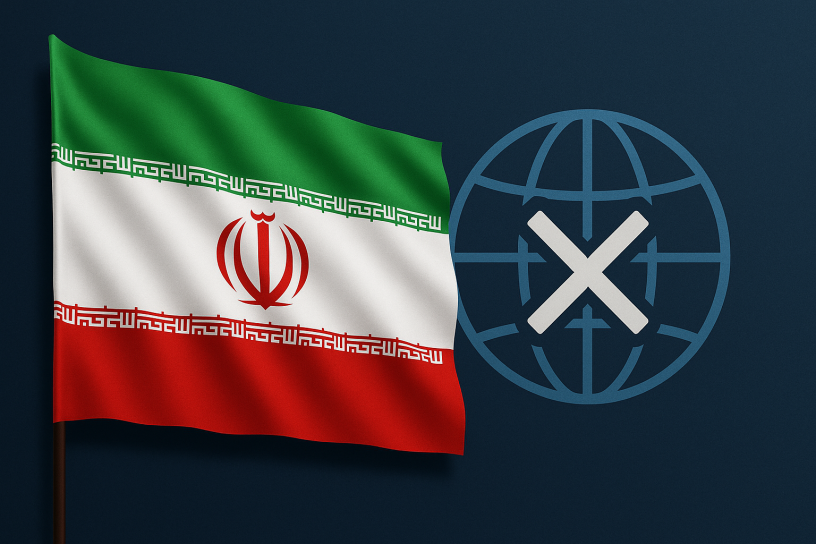In recent weeks and months, internet access in Iran has faced serious disruptions. Amid growing geopolitical tension and internal censorship, the Iranian government has stepped up its control over internet connectivity.
While there has been no full shutdown, incoming traffic from outside the country is heavily restricted or completely blocked. This means that users inside Iran can still access international websites (often via VPN), but external systems and administrators are unable to reach machines hosted inside Iran.
Why is this a problem?
With these restrictions in place, it becomes nearly impossible to provide remote support, monitoring, or server administration for systems located in Iran. This affects IoT devices, enterprise servers, and personal infrastructure alike.
How to Bypass the Block: Reverse Tunneling
The only viable solution is to initiate a connection from within Iran to an external server and keep that connection alive. Here are the most effective approaches:
1. SSH Reverse Tunnel
A server in Iran can initiate an SSH connection to a public VPS (such as one hosted by SERVA ONE) and forward a local port to it. This allows administrators to later access the Iranian server by connecting through the VPS.
2. WireGuard VPN with Outbound Tunnel
A VPN client running inside Iran connects to a VPN server hosted abroad. WireGuard is lightweight, fast, and more resistant to DPI (Deep Packet Inspection), making it ideal for unstable or censored networks.
3. FRP (Fast Reverse Proxy)
FRP enables reverse proxying of various protocols (SSH, HTTP, etc.) through an external server. It supports automatic reconnection, making it reliable for continuous access even under network instability.
How SERVA ONE Can Help
You can rent a VPS from SERVA ONE (locations include Germany, Poland, and the Netherlands) and use it as a secure relay point between your system in Iran and the outside world. Our infrastructure supports all of the above tunneling options, and we can provide guidance if needed.
⚠️ Important: We do not guarantee uninterrupted operation — the situation in Iran is unpredictable and may change at any time. However, for now, reverse tunneling remains the only technically feasible method for maintaining access.
Next Steps
- Rent a VPS at SERVA ONE → https://serva.one
- Choose and configure your tunneling method (SSH, WireGuard, or FRP)
- Use systemd or autossh to keep the connection alive
- Monitor performance and adjust methods as needed




Leave a Reply